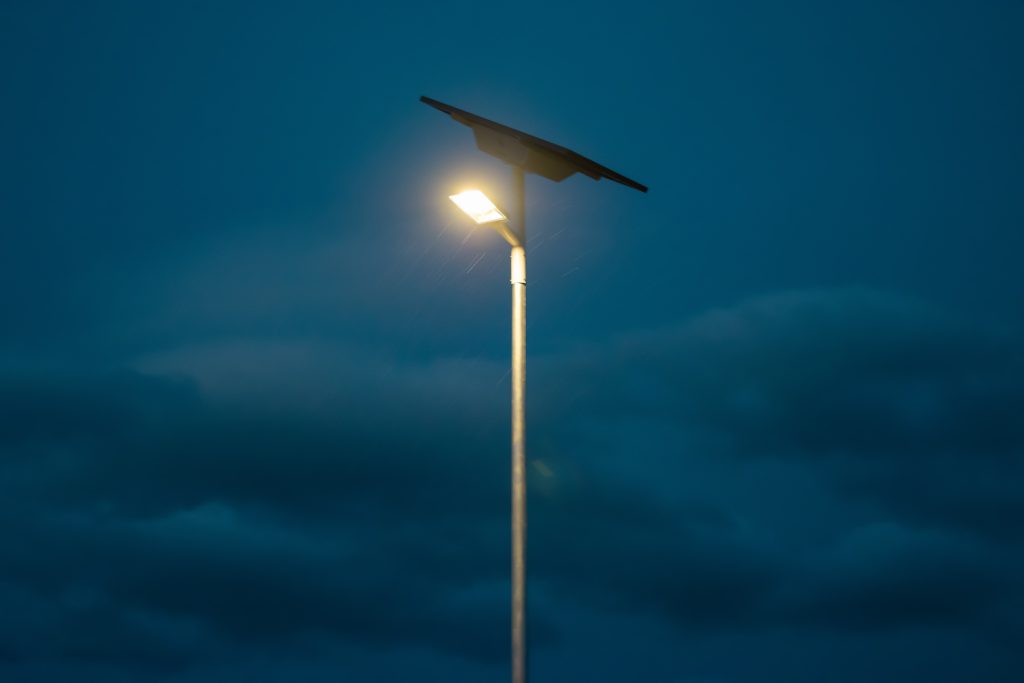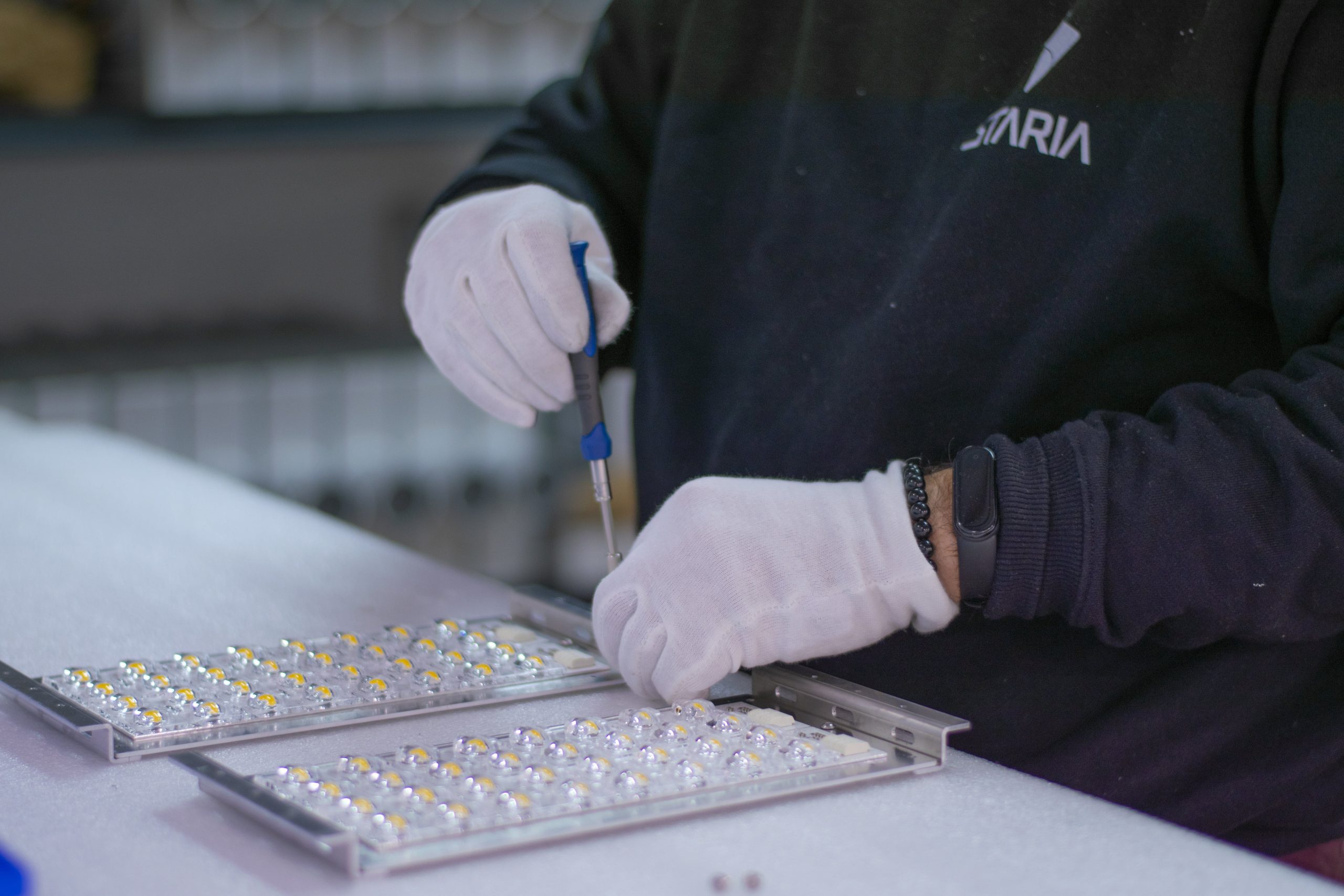May, 2025
When you think of solar lighting, the first thing that comes to mind is usually sustainability or energy savings. But there is a silent, less visible and even more striking benefit: maintenance (or rather, the lack of it).
Zero maintenance is not a slogan, it is a technical reality that makes a big difference in operating costs in the medium and long term. Here we explain why.
The true cost of traditional maintenance
A conventional street lighting system involves much more than light bulbs.
It is composed of a vulnerable and costly to maintain electrical network: wiring, control panels, connections, protections, luminaires, poles, electrical inspections and more.
And each of these parts needs regular monitoring, generates incidents and requires specialized technical personnel. The result:
A constant cycle of wasted time and expense.
What changes with solar lighting?
The new generation solar luminaires are designed to operate completely autonomously. Each incorporates its own power source, control system and internal storage, completely eliminating the need for grid connection.
This translates into an installation with no wiring, no electrical panels and no shared points of failure. And, most importantly, a system that operates without constant technical supervision..

Is zero maintenance real?
Yes, as long as the system is well designed and uses quality components.
Staria's LiFePO4 batteries, as an example, have a service life of 8 to 12 years without needing replacement. They are resistant to deep charge cycles and extreme temperatures, and maintain high energy efficiency over time.
Learn more about this key component here:
How long does the battery of a solar streetlight last?
LEDs, on the other hand, have a lifetime of more than 500.000 horaswhich is equivalent to more than 10 years of daily operation.
And because they are not connected to each other, one luminaire can fail without affecting the rest.
Saving money: what you don't see also adds up
Let's see it with a simple example:
A community with 40 conventional streetlights can spend between 2,000 and 4,000 € in annual maintenance (revisions, parts, technical trips).
Over 10 years, that's between 20.000 and 40.000 € in operating costs alone.
With a well-installed solar lighting system:
- No scheduled replacements
- No fragile or exposed parts
- Occasional cleanings can be done by local operators
What happens if something is damaged?
As they are independent units, if one luminaire fails, the others continue to operate normally.
In addition, most faults are traceable and fixable on the spot: changing a battery or a controller can take minutes.
What elements ensure the efficiency of a solar luminaire?
And how do you know if everything is working properly?
Some modern solar luminaires incorporate remote management technology, which allows real-time monitoring of the status of each light point:
Solar charge, remaining autonomy, incidents, presence sensor operation...
This allows us to intervene only when necessarywithout mass inspections or preventive technical visits.
Sustainability also means operability
One of the great values of solar lighting is its ability to reduce lifetime costs.
Not only you save money when you install it. You also reduce the costs associated with maintenance and operation to almost zero.
Find out more about the philosophy behind solar lighting:
Solar Lighting: Much more than a Street Light
What do the experts think?
The International Energy Agency (IEA) destaca que los sistemas renovables descentralizados, como el alumbrado solar, son clave para mejorar la eficiencia urbana y reducir costes operativos a largo plazo.
This makes them not only a viable alternative, but also a strategic solution for governments, municipalities and developers seeking to optimize resources.

Conclusion: the best maintenance is the one you don't need.
A quality solar lightingwell installed and with durable components, operates autonomously for years.
And when nothing needs to be overhauled, repaired or replaced, the real savings multiplie.
At Staria Technologies, we believe that sustainability is not only measured in kilowatts saved, but also in labor hours, materials, interventions and worries that you can avoid.

